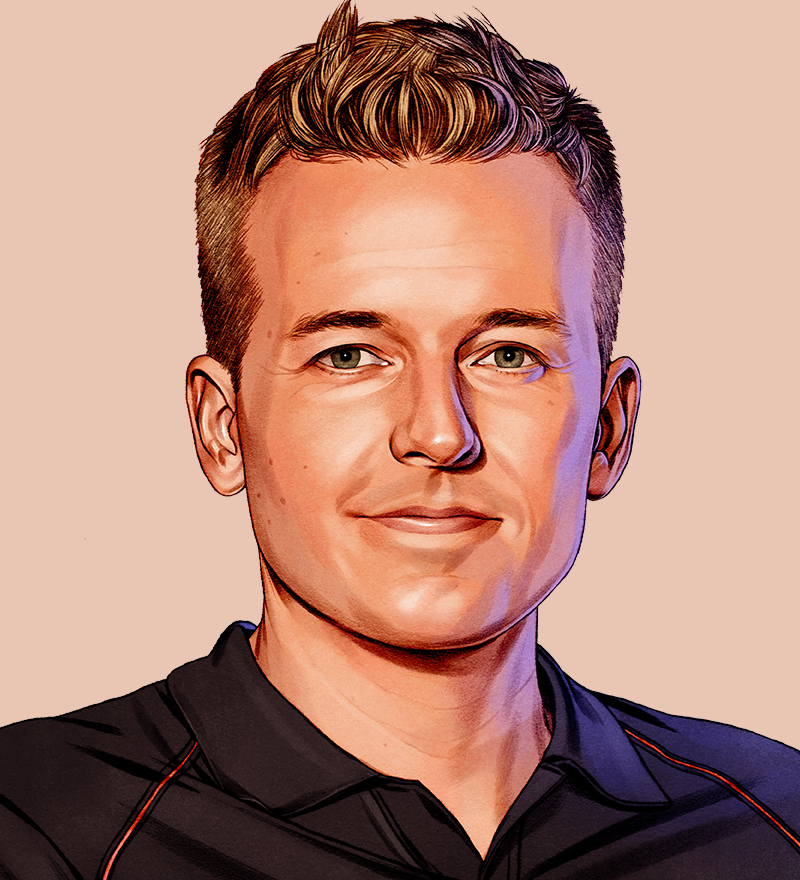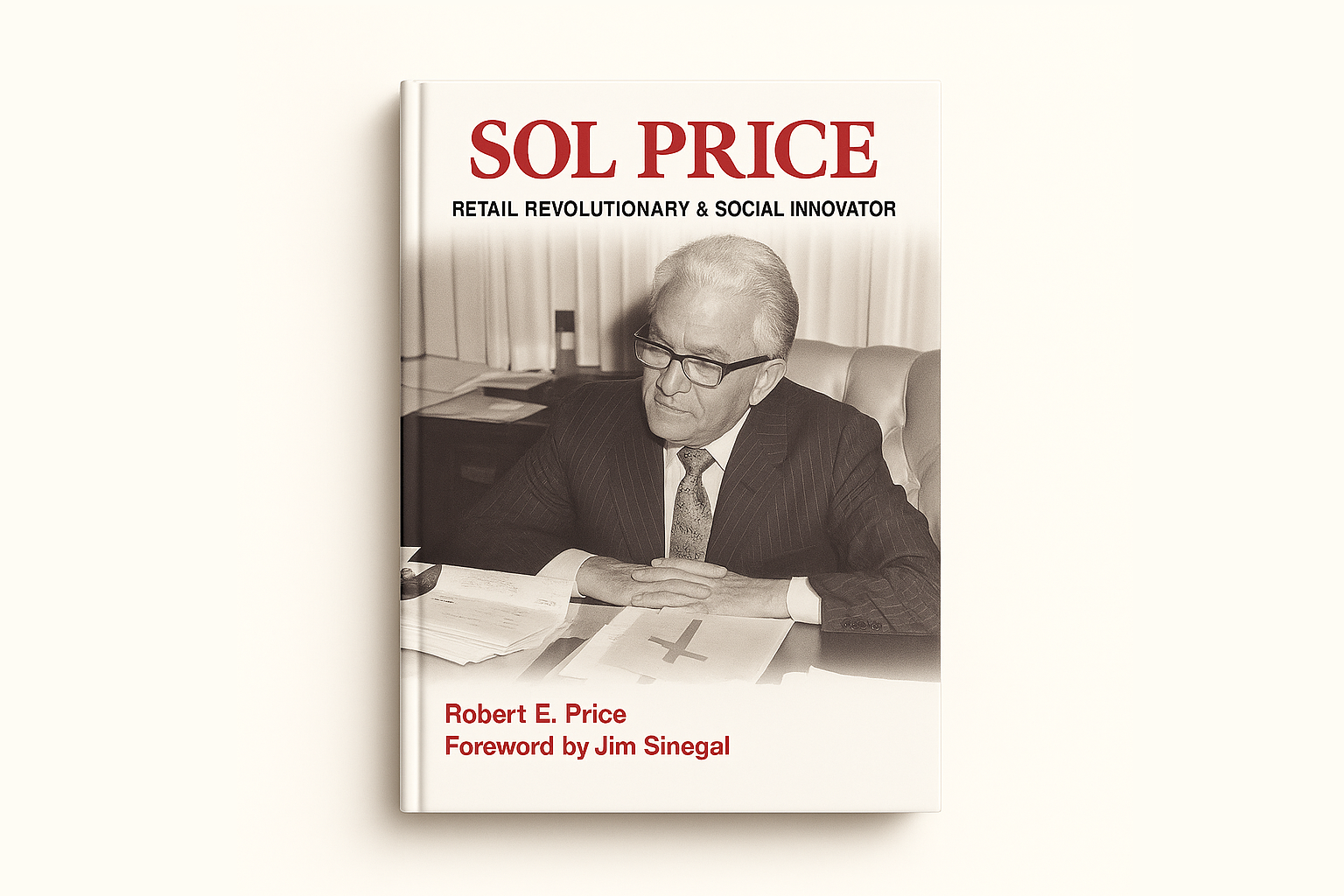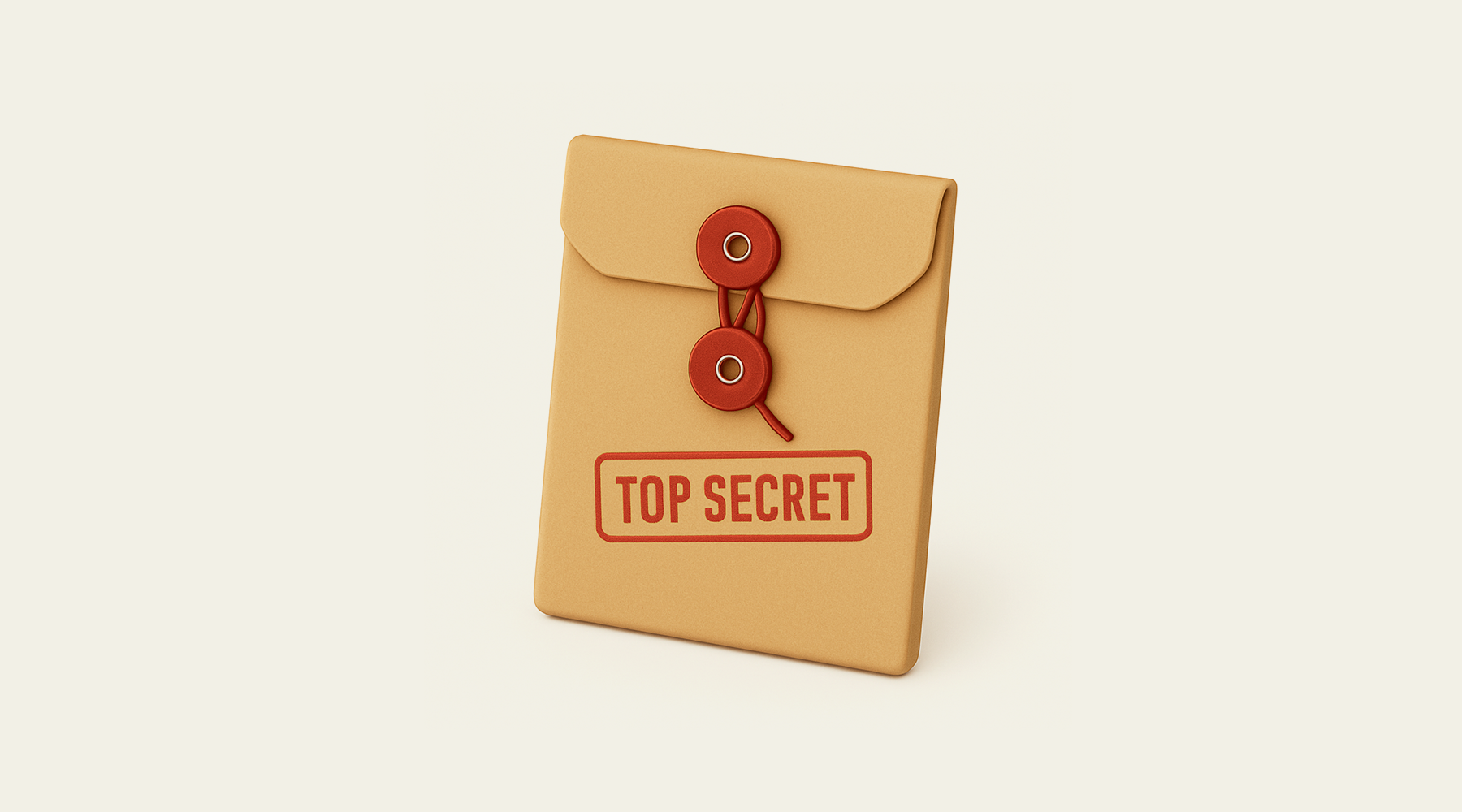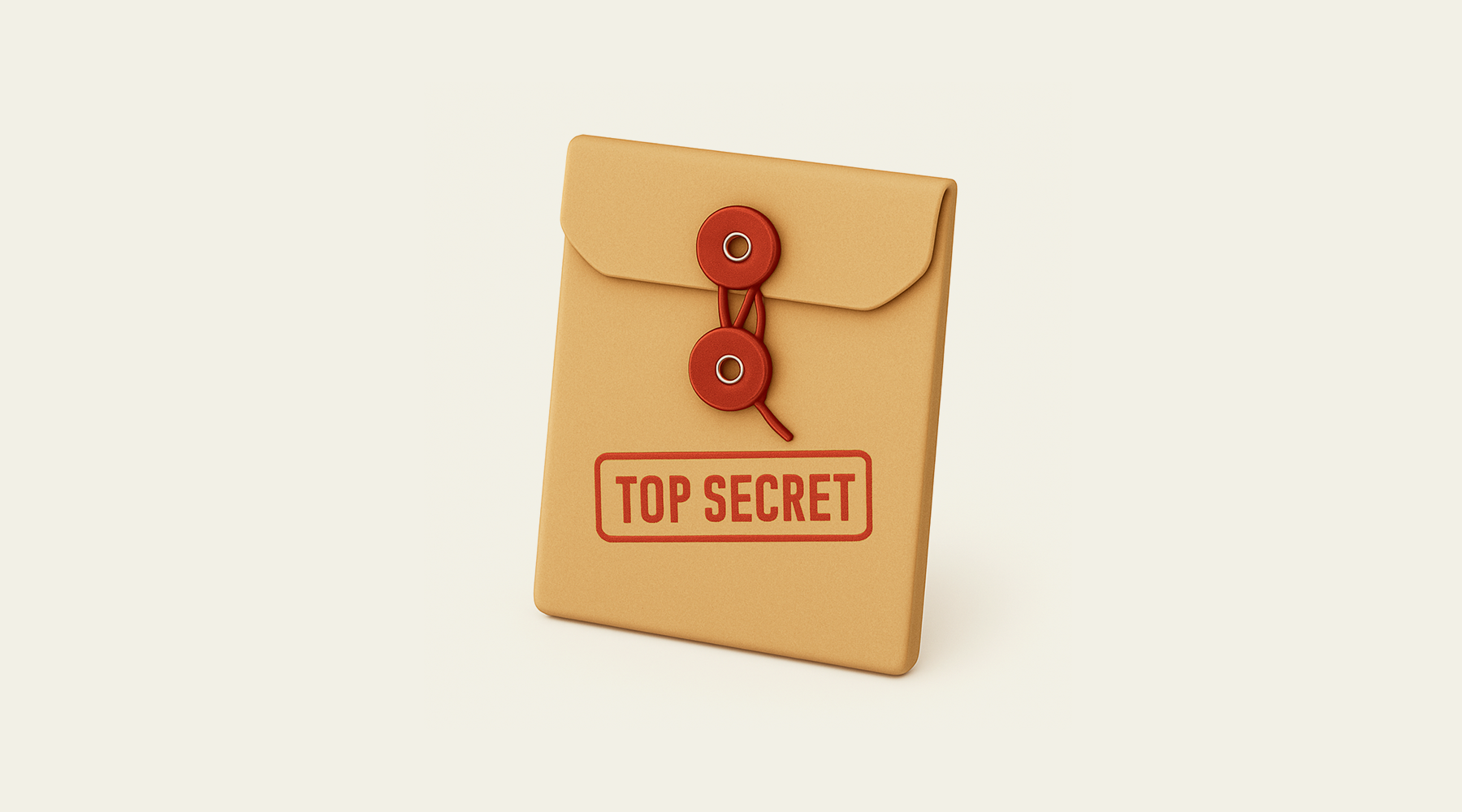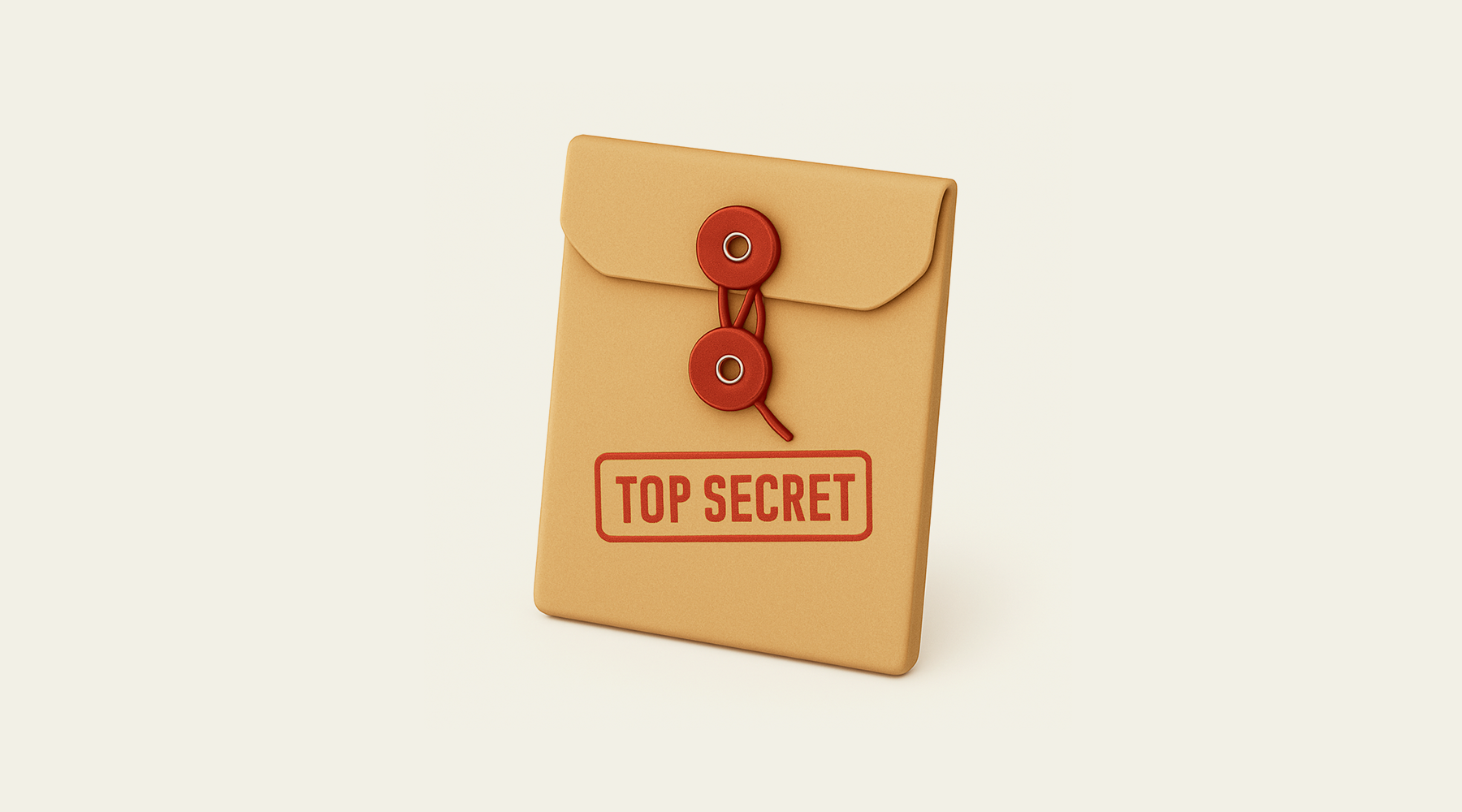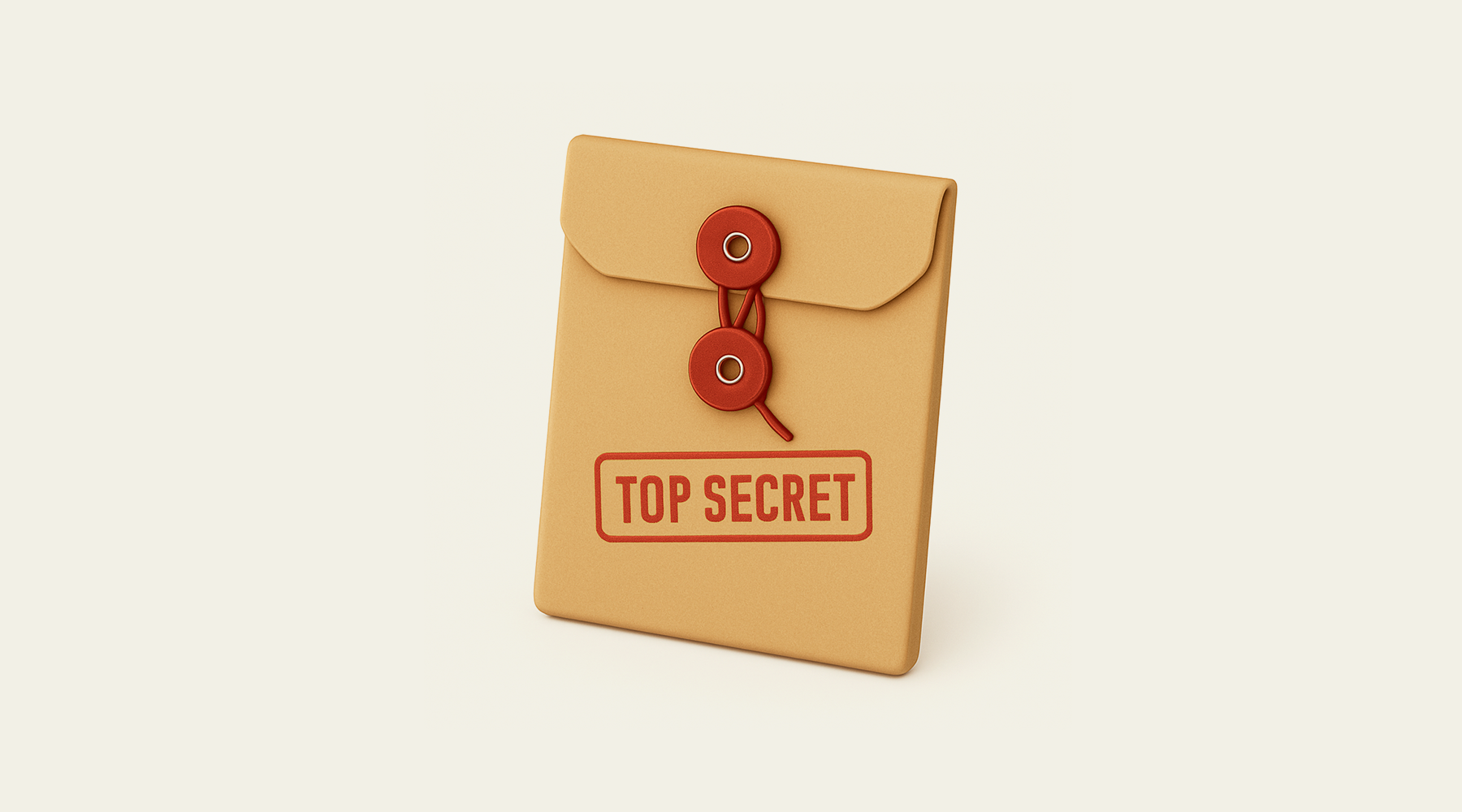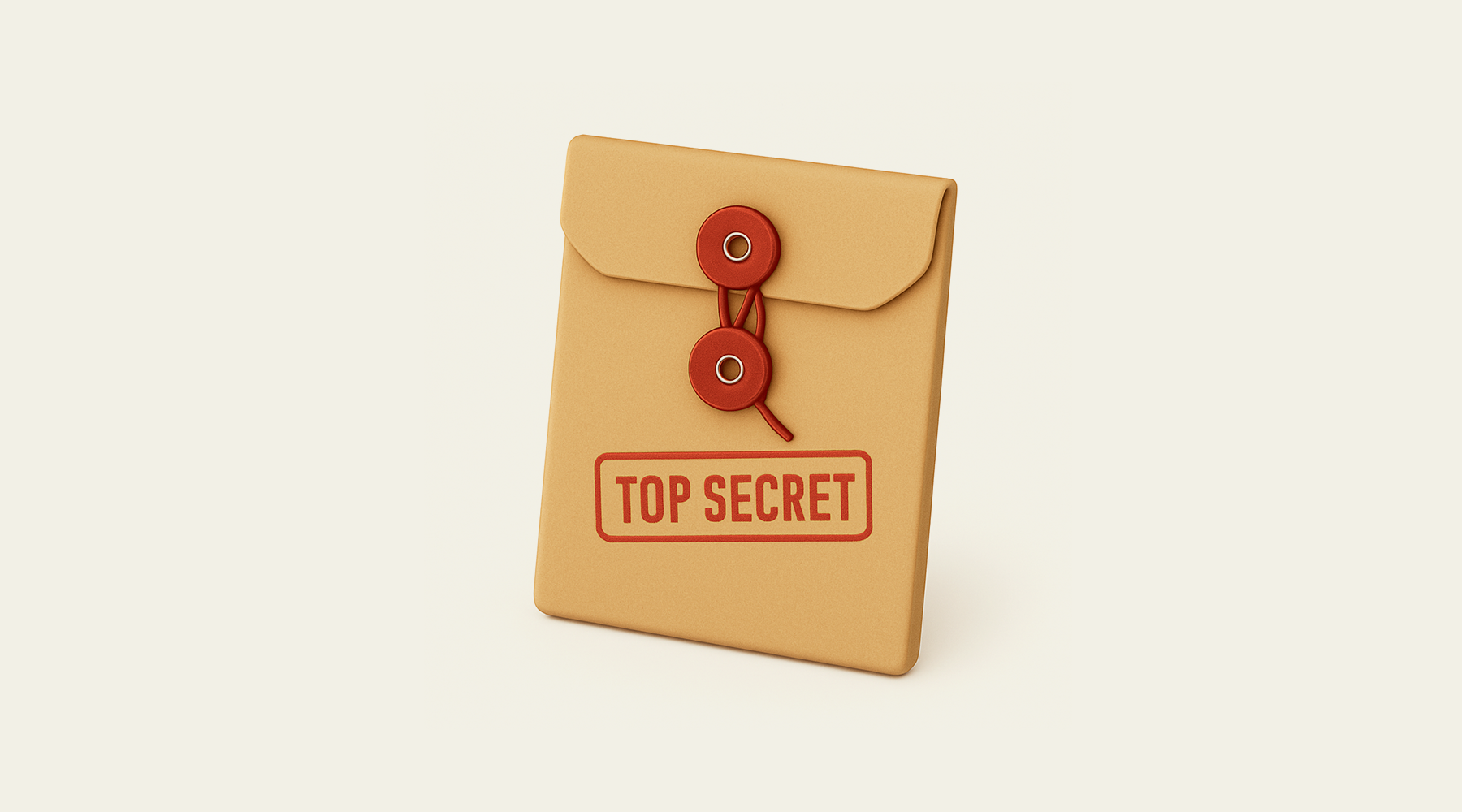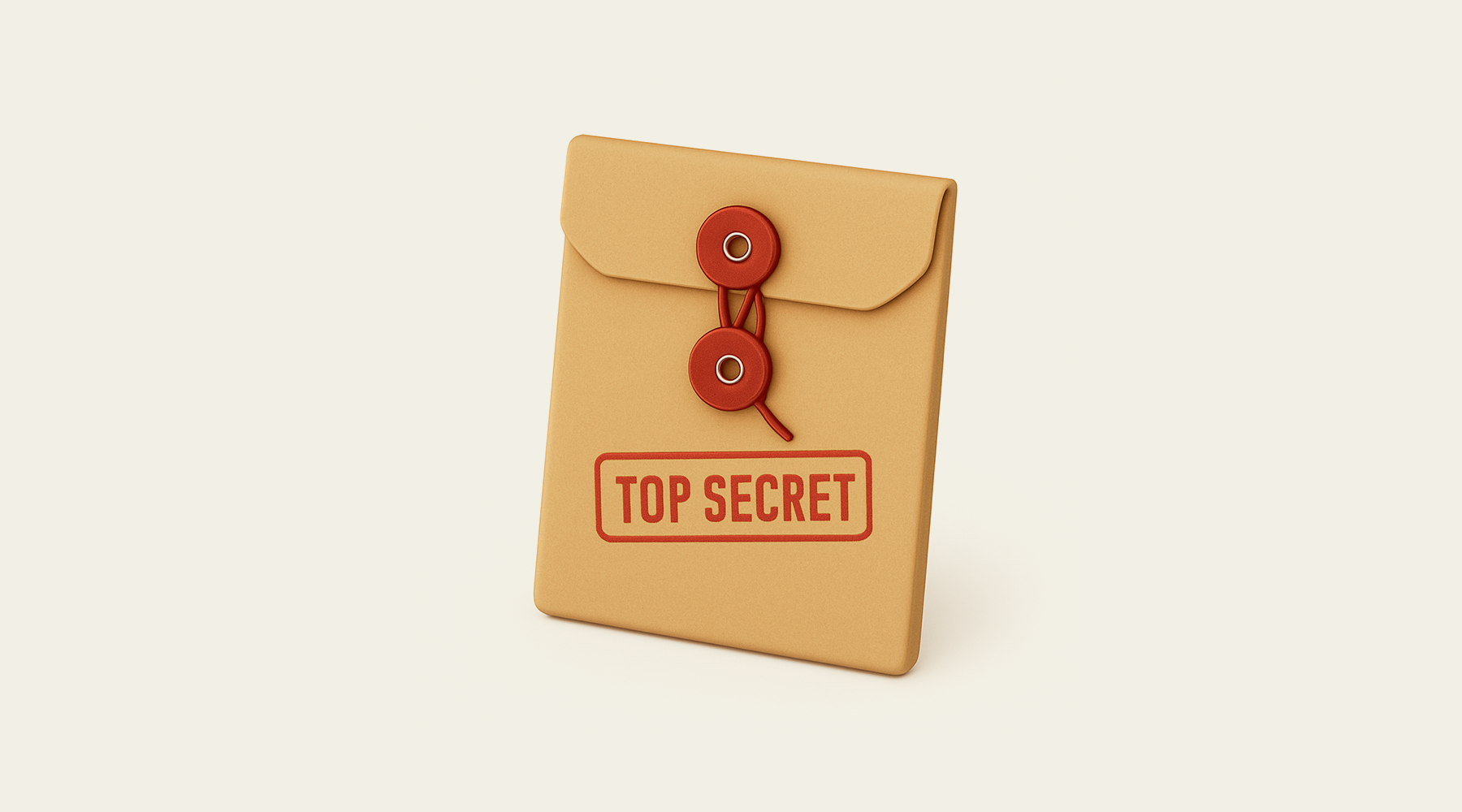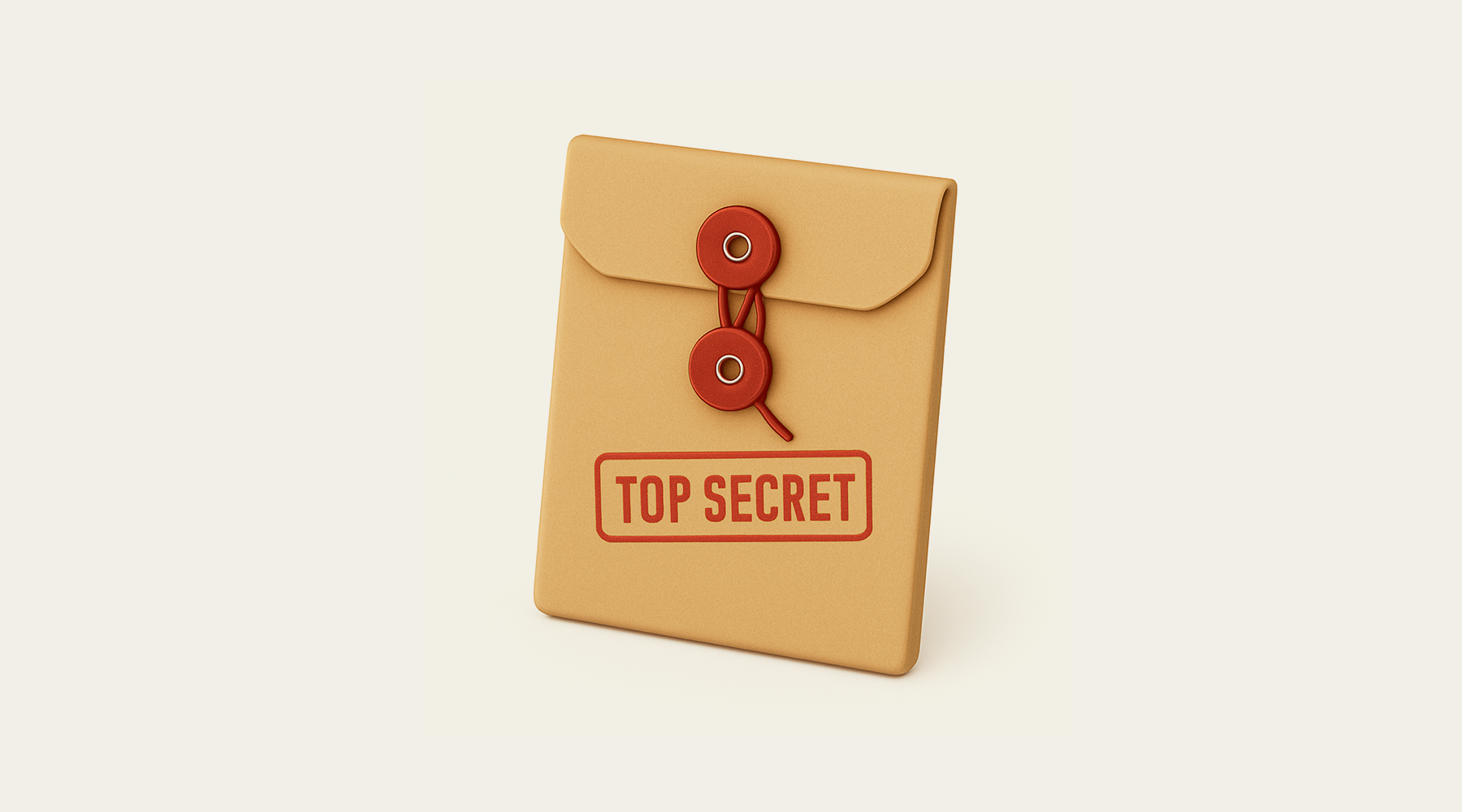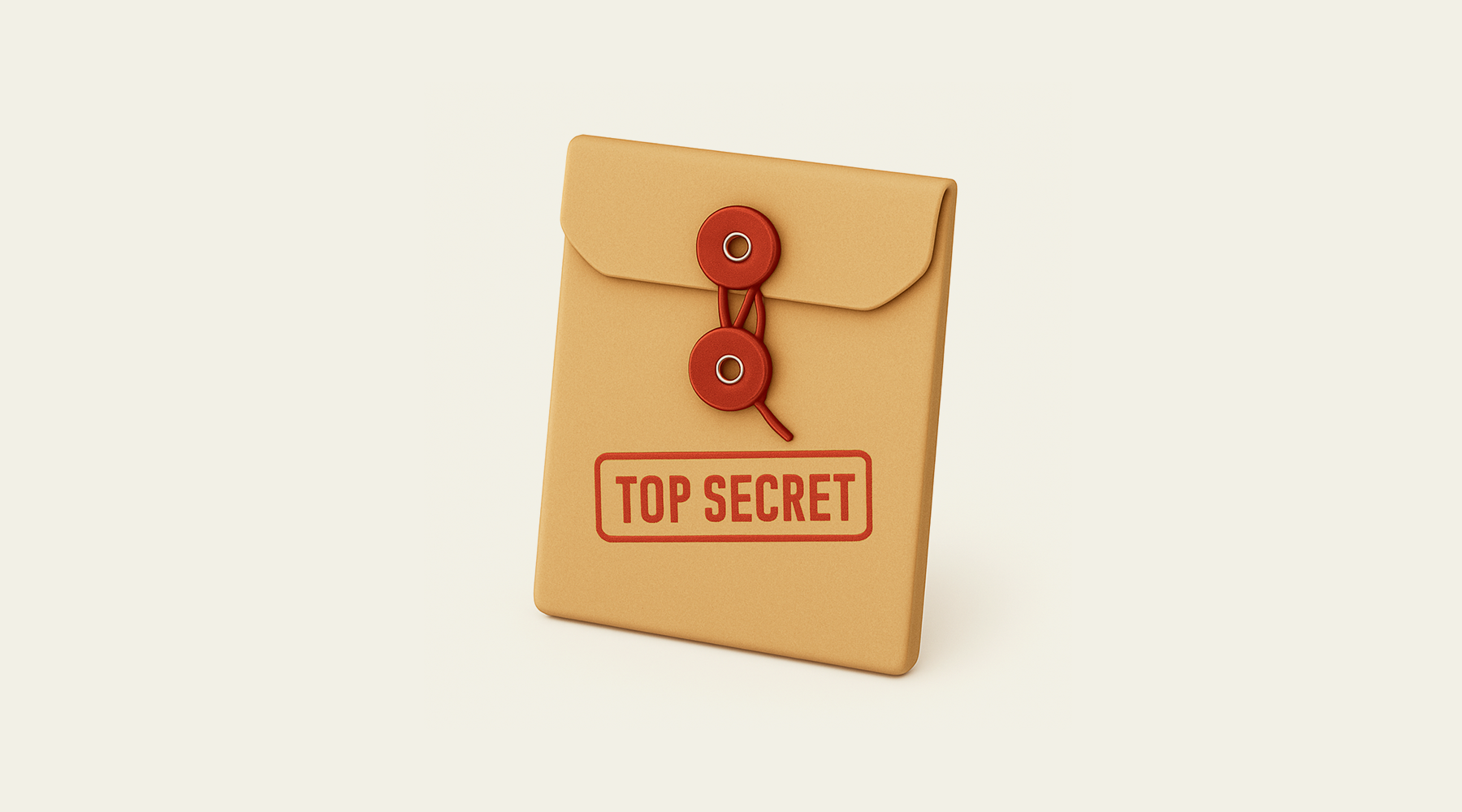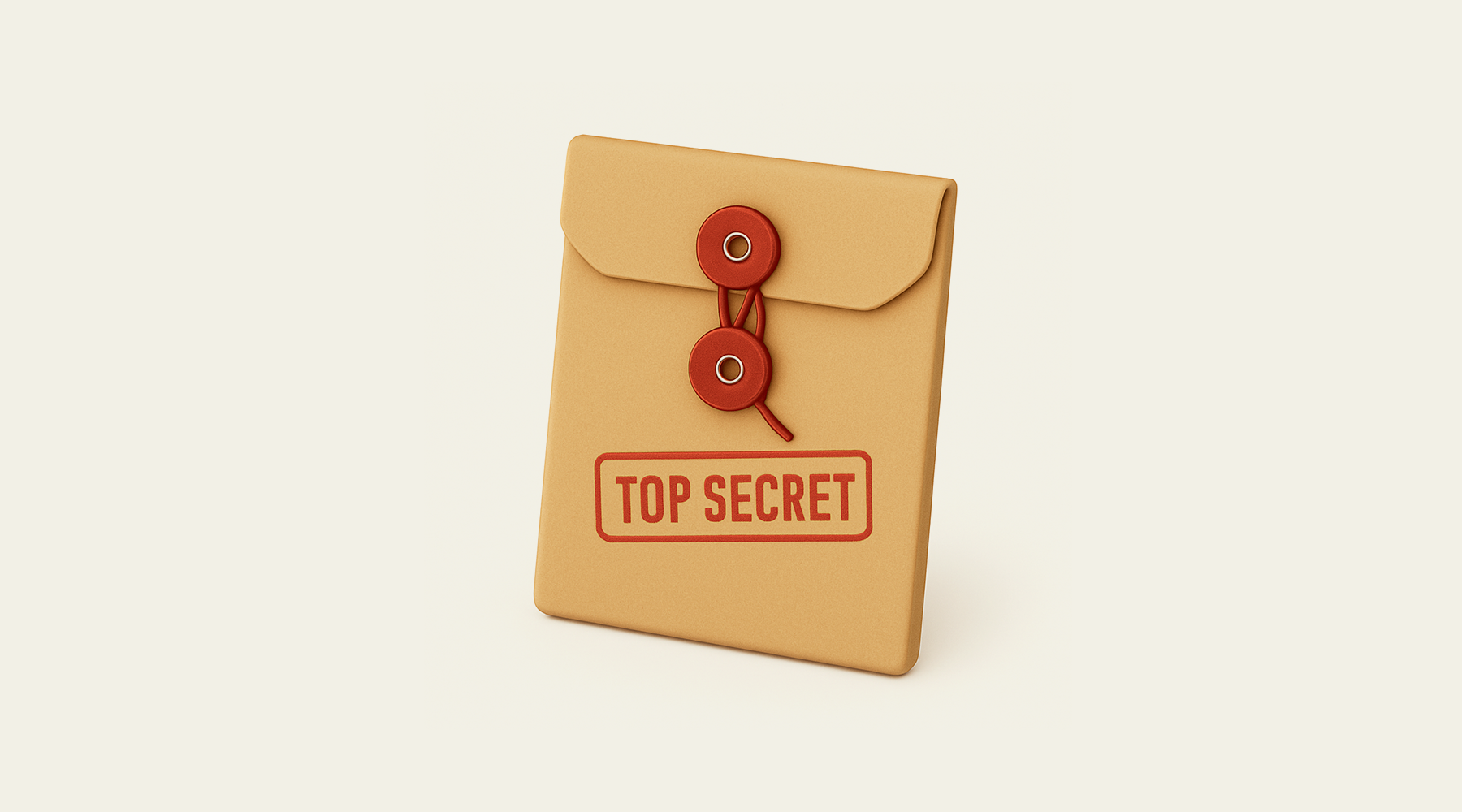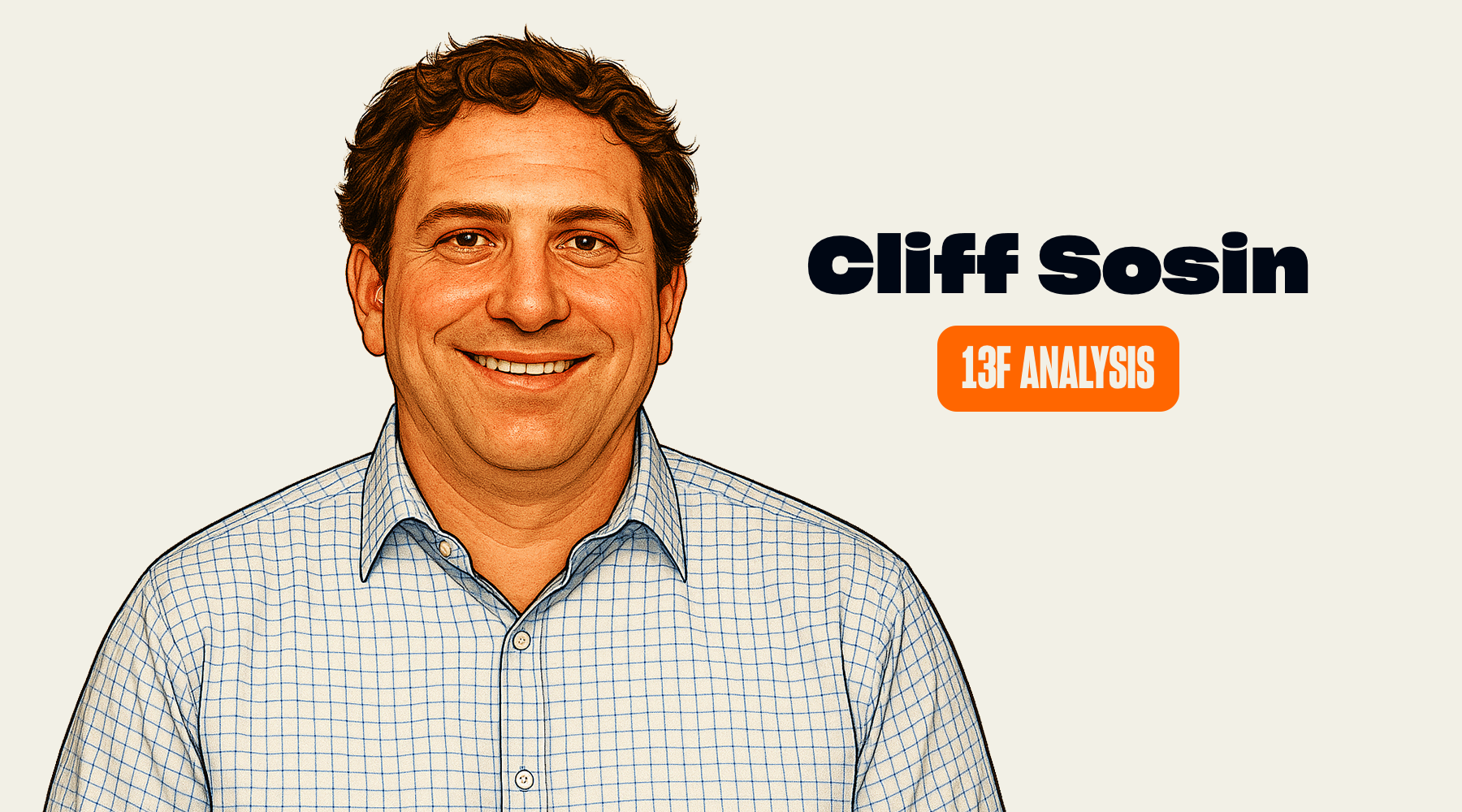Sol Price pioneered the membership warehouse by breaking every retail rule: fewer products, concrete floors, and double wages. His philosophy that customers come first, employees second, stockholders third created the template for Costco and modern retail. Discover how his values-driven approach influenced Bezos, Walton, and built modern retail in this Sol Price: Retail Revolutionary book summary.
- Book: Sol Price: Retail Revolutionary and Social Innovator
- Author: Robert E. Price
- Pages: 226
- Rating: 5 out of 5 Stars
- Recommended for: Founders studying business models, retail operators, anyone interested in the origins of Costco and modern warehouse retail
The 30-Second Summary
Sol Price pioneered the membership warehouse concept by turning every retail convention upside down—fewer products instead of more, warehouses instead of stores, and paying employees double the market rate. After getting fired from FedMart at 60, he created Price Club with just $50,000, which became the template for Costco, Sam's Club, and influenced everyone from Home Depot to Amazon. His core insight: treat business as a fiduciary relationship where you represent the customer, not sell to them.
In a nutshell: The father of modern warehouse retail taught that intelligent loss of sales beats trying to please everyone, and that your first duty is to customers, second to employees, and third to stockholders.
About the Author
Robert E. Price worked alongside his father Sol for 45 years, giving him an insider's view of the retail revolutionary who founded three public companies. Sol Price was a first-generation American who spent his first career as a lawyer before accidentally stumbling into retail at age 40, eventually creating the business model that would spawn a trillion-dollar industry. Robert's unique position as both son and business partner provides intimate access to Sol's thinking while maintaining the objectivity to acknowledge his father's mistakes.
The 3 Big Ideas
1. The Intelligent Loss of Sales Creates More Profit Than Trying to Please Everyone
Most retailers in the 1950s carried 50,000 items. Sol carried 3,000. His logic was counterintuitive: if you only stock the 8-ounce bottle of WD-40 instead of three sizes, most customers will buy it even if they wanted the smaller size. The few who walk away represent the "intelligent loss of sales"—and you more than make up for it through efficiency.
The core insight: Customer demand is most sensitive to price, not selection.
Think about it: the cost to deal with 4,500 items is dramatically less than dealing with 50,000 items. Since payroll represents 80% of retail operating costs, fewer SKUs mean lower labor costs throughout the entire supply chain—ordering, receiving, stocking, and checkout. This is why Costco can sell that TV for $500 less than Best Buy. They're not trying to have every TV; they're trying to have the best deal on the right TV.
Key takeaway: Identify your business's version of "intelligent loss"—what customers or features can you deliberately not serve to dramatically improve your core offering?
2. Your Employees Are Your Product Delivery System
When competitors paid $0.50 per hour, Sol paid $1.00. Not because he was charitable, but because he understood something fundamental: in retail, your employees ARE your product. They're the ones actually serving customers while you're in the office. Bad employees create bad customer experiences no matter how good your prices are.
The core insight: You can't deliver exceptional customer value through mediocre employees.
The result? FedMart had 22,000 applications for 200 positions. Sol got first pick of talent. Lower turnover meant less training costs. Happy employees meant happy customers. This wasn't feel-good management—it was ruthless business logic. As Sol put it: "Of course everyone wanted to work at FedMart." Jim Sinegal later applied this at Costco, where employees make $24/hour average versus minimum wage at competitors.
Key takeaway: Calculate the true cost of turnover and unhappy employees, then pay whatever premium necessary to get the best people—it's almost always cheaper than the alternative.
3. Teaching Creates Exponential Returns
Sol had a sign on his desk: "You train animals, you teach people." He believed manuals were a substitute for thinking. Instead, he focused on creating "alter egos"—employees who understood the why behind every decision and could think like owners. This is how an 18-year-old Jim Sinegal became a future billionaire.
The core insight: Every employee should be able to run the business if the owner disappeared.
Sol's teaching philosophy was simple: if the owner could do every job—greet customers, order merchandise, sweep floors—he would. But since he can't, he must teach employees to think and act as his alter ego. Not follow rules, but understand principles. Jim Sinegal said it best: "I didn't learn a lot from Sol. I learned everything. Everything I know."
Key takeaway: Spend 90% of your time teaching the why behind decisions rather than creating procedures—you'll build a company that can think rather than just follow.
Key Frameworks
The Membership Model Hack
What it is: Originally created to circumvent fair-trade laws that set price floors, the membership model accidentally became the most powerful retail innovation of the century.
How to apply it:
- Charge a small membership fee ($2-60 annually)
- Use membership revenue as your profit center
- Mark up products only to cover operating costs (12-14%)
- Create psychological commitment through the membership
When to use it: Any business where you can create recurring revenue that allows you to deliver exceptional value on the core product.
The Alter Ego Management System
What it is: Teaching every employee to think like an owner rather than follow procedures.
How to apply it:
- Explain the why behind every decision
- Show employees the complete business picture
- Give them ownership of outcomes, not just tasks
- Teach through problems, not manuals
- Create 10,000 versions of yourself
When to use it: When scaling beyond what you can personally manage and need true delegation, not just task assignment.
The Focus Paradox
What it is: Sol's framework for deciding what NOT to do, which he consistently violated to his detriment.
How to apply it:
- Identify your core value creation (warehouse retail)
- Resist all adjacent temptations (real estate development)
- Measure every decision against core ROI
- Remember: good ideas can be bad strategies
When to use it: Whenever facing expansion opportunities that sound good but dilute focus from your primary business.
Notable Quotes
"Our first duty is to our customers. Our second duty is to our employees. Our third duty is to our stockholders."
Why this matters: This hierarchy, reversed from most companies, creates a virtuous cycle where happy customers and employees ultimately generate the best shareholder returns.
"I've stolen—I actually prefer the word borrowed—as many ideas from Sol Price as from anybody else in the business."
Why this matters: Sam Walton, who became far wealthier than Sol, openly admitted his success came from copying Sol's innovations—proof that execution beats invention.
"If you're not spending 90% of your time teaching, you're not doing your job."
Why this matters: Jim Sinegal's interpretation of Sol's philosophy shows that leadership is fundamentally about multiplication, not addition.
"You train an animal, you teach a person."
Why this matters: The distinction between mechanical training and thoughtful teaching determines whether you build a thinking organization or a following organization.
"I used to say afterwards that when we didn't know what we were doing, it only took $50,000 to start a business. Five years later, when we were really experienced at running FedMarts, it took $5 million to open one."
Why this matters: Ignorance can be an asset—knowing too much about what "can't" be done often prevents breakthrough innovation.
"The intelligent loss of sales turns conventional wisdom on its head, postulating that customer demand is most sensitive to price, not selection."
Why this matters: This single insight enabled every modern discount retailer from Costco to Amazon to beat traditional retail.
"Put simply, the cost to deal with 4,500 items is a lot less than the cost to deal with 50,000 items."
Why this matters: Simplicity scales; complexity compounds costs exponentially.
"Fortunately, most of us had backgrounds that were alien to retailing. We didn't know what wouldn't work or what we couldn't do."
Why this matters: Industry outsiders often see opportunities that experts are blind to because they're not constrained by conventional wisdom.
"I should have worn a condom."
Why this matters: Sol's response to being called "the father of an industry" shows his humor about how his openness with competitors came back to bite him.
"My father didn't do anything except play cards and chess. So they weren't wild about me. They didn't think I was good enough for their daughter."
Why this matters: Sol's drive came from proving wrong those who doubted him—including his future in-laws who judged him by his lazy father.
"Whatever success I've had in life has had more to do with my knowing how to deal with my not knowing than anything I know."
Why this matters: Meta-learning—learning how to learn—beats domain expertise over the long run.
"You're not running this place, it's running you."
Why this matters: The moment you're only reacting rather than leading, you've already lost control of your business.
"There are 24 hours in a day, 168 hours in a week. We waste so much of it. There is always enough time."
Why this matters: Sol's obsession with time led to his famous "Do It Now" signs—procrastination is the enemy of compound progress.
"Over a period of time, I really learned far more from my clients than I ever learned in law school."
Why this matters: Real education comes from engaging with practitioners, not studying theory.
"Well, that's okay. If my wife wants to sink the ship, let her sink the ship. I can swim better than she can."
Why this matters: Sol's client's response to divorce threats taught him to never negotiate from fear—confidence beats desperation.
"We have in effect said that the best advertising is by our members—the unsolicited testimonial of the satisfied customer."
Why this matters: Word-of-mouth from exceptional value beats any marketing campaign.
"If you want to be successful in retail, just put yourself in the place of a cranky, demanding customer."
Why this matters: Seeing your business through the customer's worst day, not their best, reveals what really needs fixing.
"Having pioneered the warehouse concept, the Price Company lost initiative to competitors."
Why this matters: Being first means nothing if you can't execute—Costco and Sam's Club out-executed the innovator.
"Later on, looking back on our times with Mann, the warning signs seemed so obvious, but at the time we were caught up in the euphoria of making a big deal."
Why this matters: You can't make a good deal with a bad person—character reveals itself over time.
Related Ideas
Sam Walton on borrowing from Sol: Walton visited Sol's FedMart in the 1960s and later said, "I've stolen as many ideas from Sol Price as from anybody else in the business." He copied the name format (Walmart from FedMart), the distribution model, and later created Sam's Club as a direct copy of Price Club. The difference? Walton never sold and kept compounding while Sol started and stopped three times.
Jim Sinegal's complete education: Starting at FedMart at 18, Sinegal claimed "I didn't learn a lot from Sol. I learned everything." He took Sol's philosophy of high wages, limited SKUs, and membership models to build Costco into a $240 billion company. His famous line about the hot dog—"If you raise the price of the fucking hot dog, I will kill you"—comes directly from Sol's customer-first philosophy.
Bernie Marcus and Home Depot's origin: After getting fired from Handy Dan, Marcus visited Sol in 1978. Sol suggested combining Bernie's hardware knowledge with the warehouse format. The result was Home Depot, now worth $400 billion. It's literally a Price Club for home improvement.
Jeff Bezos's study of Costco: Bezos has repeatedly cited Costco as Amazon's best competitor and adopted Prime membership after studying Sol's model. The idea that membership creates psychological commitment that drives purchase frequency came directly from Price Club.
Charlie Munger on copying: "How did Sam Walton blow right by Sears? He played the chain store game harder and better. Walton invented nothing, but he copied everything anybody else ever did that was smart—and he blew right by them all."
Natural Next Reads
- Sam Walton: Made in America by Sam Walton: The autobiography of Sol's greatest student and competitor who built the world's largest retailer using Sol's ideas
- Pour Your Heart Into It by Howard Schultz: Another retail revolutionary who built a different kind of third place using some of Sol's customer-first principles
- The Everything Store by Brad Stone: How Bezos applied Sol's membership insights to create Amazon Prime
- Built from Scratch by Bernie Marcus: The Home Depot story that started with Sol's advice to combine hardware expertise with warehouse retail
- The Intelligent Investor by Benjamin Graham: The investing philosophy that influenced Sol's view of business as fiduciary relationship
Reflection Questions
- What "intelligent losses" could you accept in your business that would dramatically improve your core offering?
- Where are you trying to please everyone instead of serving your core customer exceptionally?
- What would happen if you doubled your employee wages tomorrow—what quality of talent could you attract?
- Are you spending 90% of your time teaching why or just telling what?
- What adjacent opportunity is distracting you from your core business right now?
Practical Application for Founders
- Strategic Planning: Identify your 3,000 "items"—what's the minimum viable selection that serves 80% of customer needs?
- Team Building: Calculate true cost of turnover and pay 50-100% above market to get the best talent
- Decision Making: Write "Do It Now" on your desk and act on decisions immediately rather than perfecting them
- Resource Allocation: Resist real estate and adjacent businesses until your core is unassailable
The Bottom Line
Sol Price invented modern retail by doing everything backwards—fewer products, ugly warehouses, and overpaid employees—yet everyone from Sam Walton to Jeff Bezos copied his playbook. The tragedy isn't that others got richer from his ideas (Walton, Sinegal, and Marcus built trillion dollars of value from Sol's innovations). It's that by constantly selling and starting over, Sol interrupted his own compounding. Still, when your son writes that you taught him everything needed to carry on, and your protégé waits 50 years for your approval, you've won the game that actually matters.


